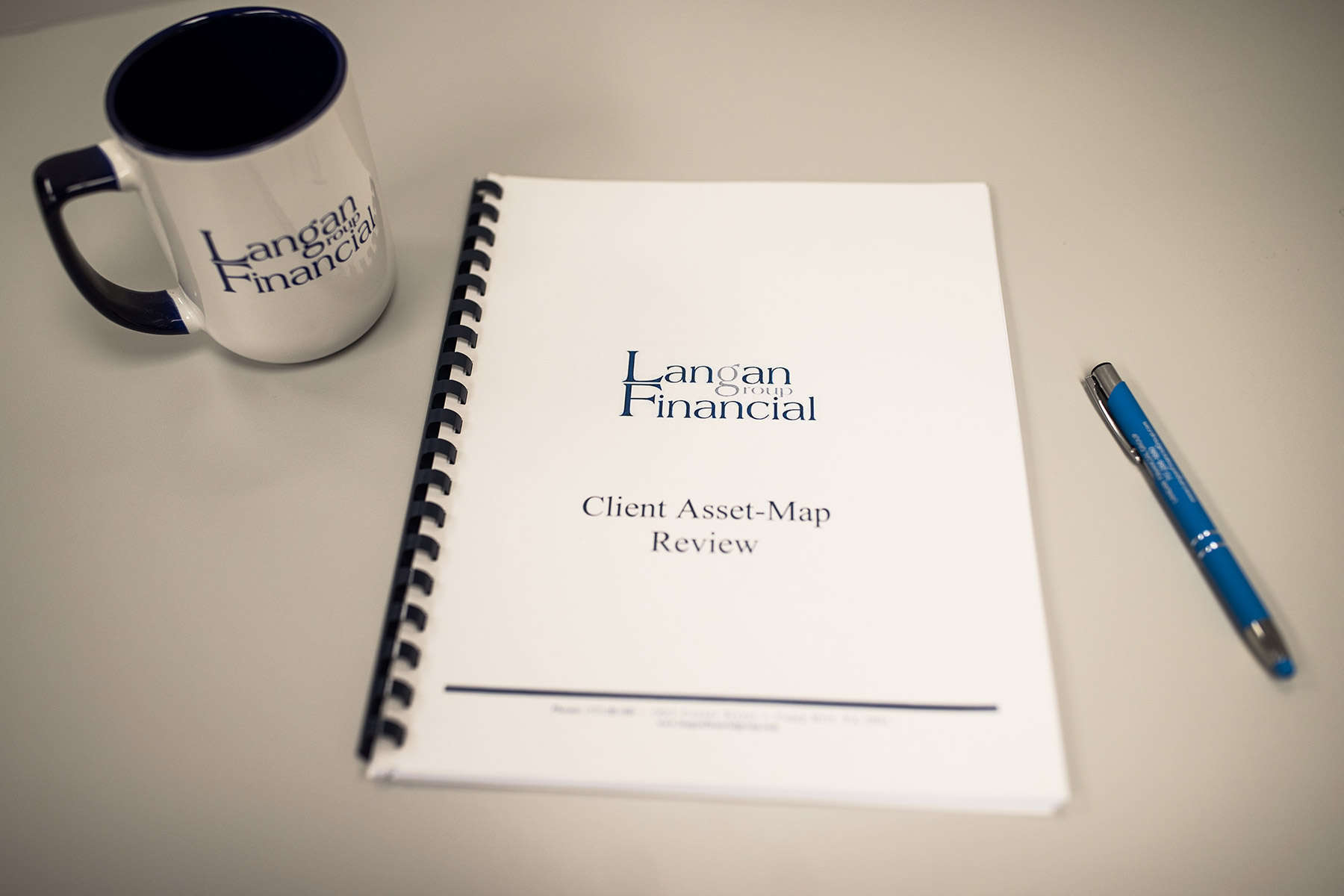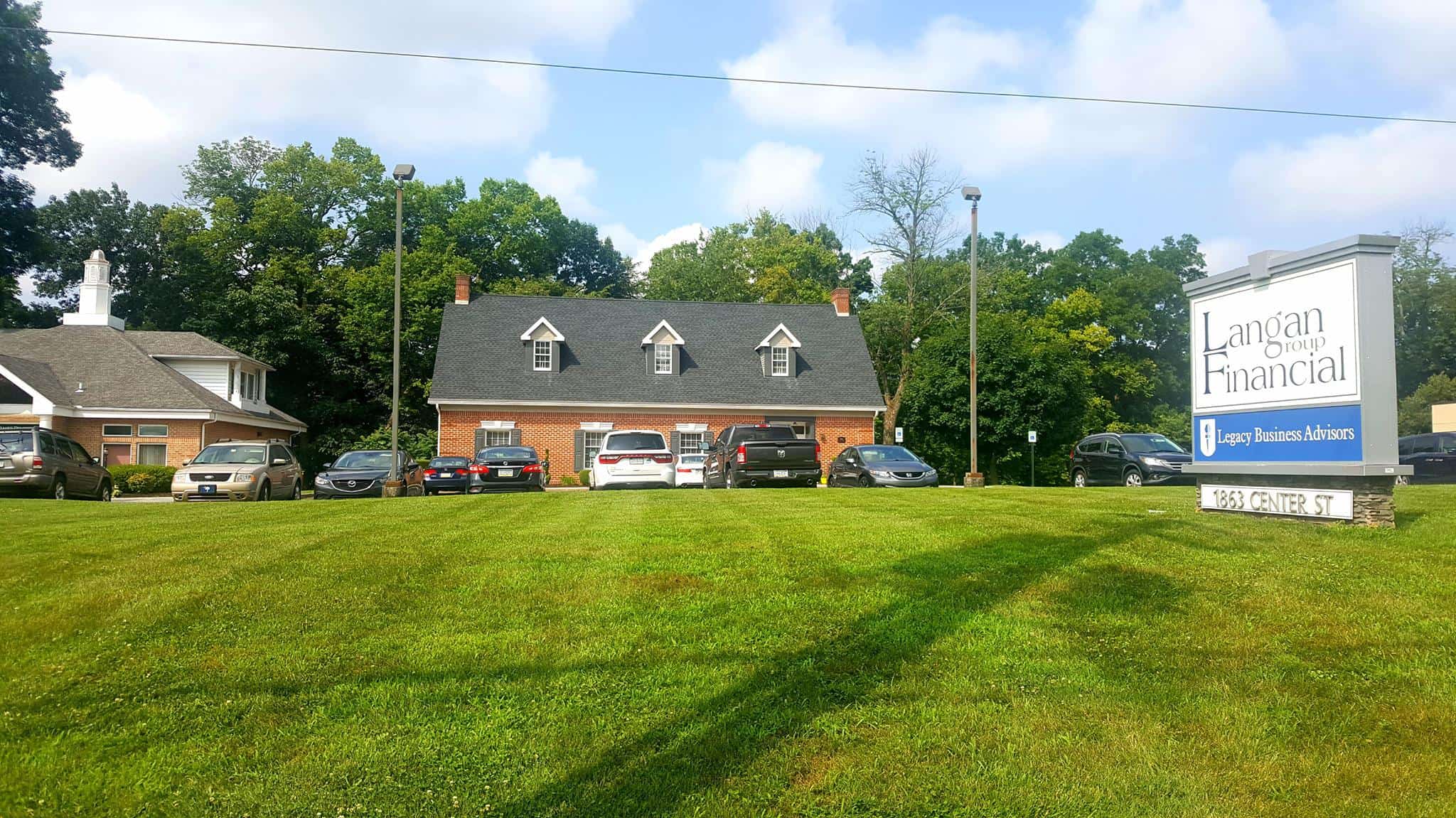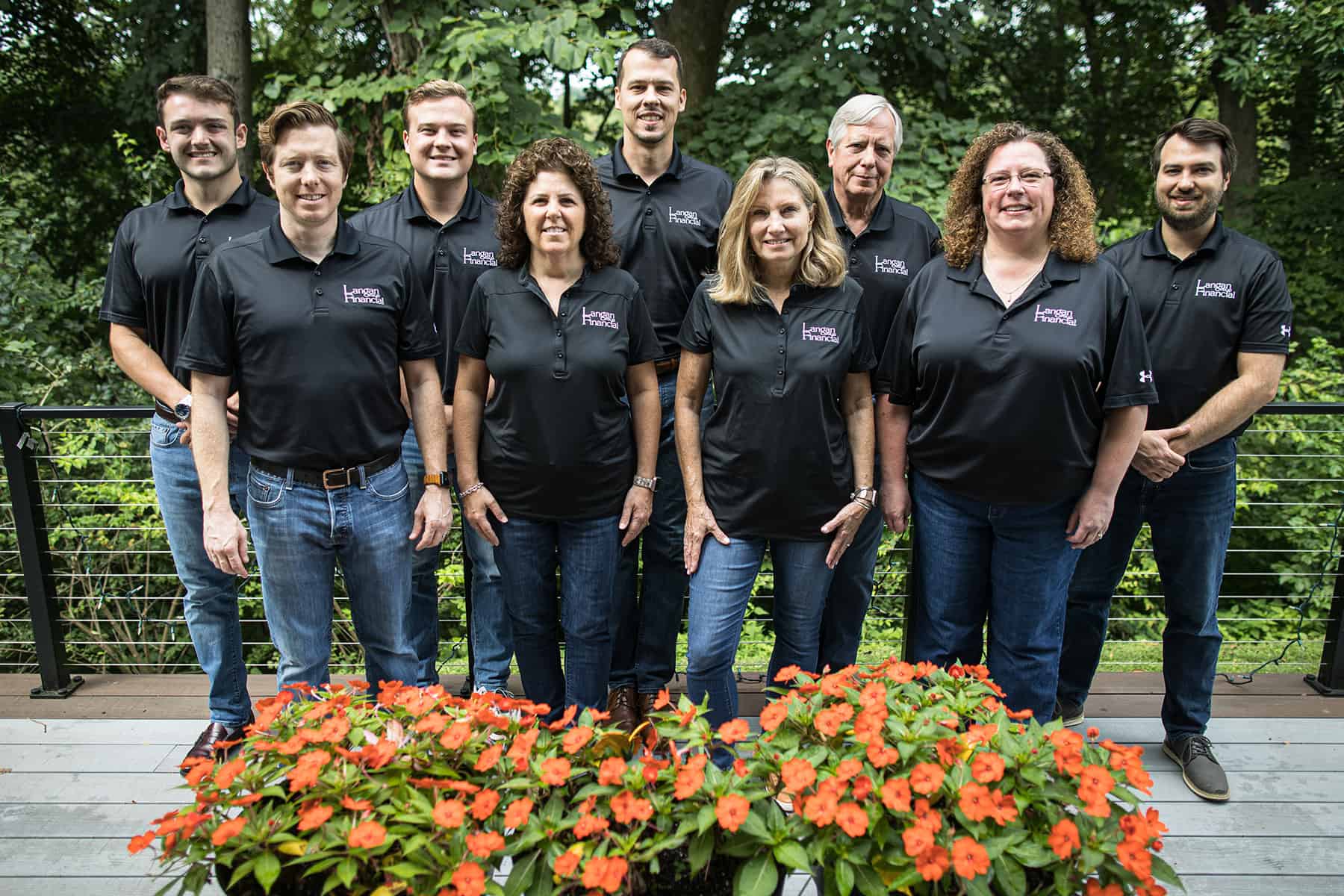
The Rising Popularity of Backdoor Roth Conversions
IRS data reveals a 300% surge in Roth conversions among $200k+ earners since 2010, driven by shrinking tax shelters and growing awareness of this legal loophole. The strategy’s core appeal lies in its ability to combine tax-free growth, no RMDs, and estate planning advantages-a trifecta unmatched by traditional retirement accounts.
How the Backdoor Roth IRA Process Works
The strategy hinges on a two-step maneuver:
- Nondeductible Traditional IRA Contribution: After-tax dollars fund contributions ($7,000 in 2025, or $8,000 if 50+).
- Roth Conversion: Funds move to a Roth IRA, ideally within days to avoid taxable earnings.
Growth Comparison:
| Account Type | Annual Contribution | Growth (7%, 20 years) | After-Tax Value* |
| Backdoor Roth | $7,000 | $303,000 | $303,000 |
| Taxable | $7,000 | $217,000 | $162,750 |
| Assumes 25% capital gains rate for taxable account |
Critical Benefits Beyond Tax-Free Growth
| Benefit | Why It Matters |
| No RMDs | Avoid forced withdrawals, preserving wealth for heirs |
| Estate Planning | Heirs inherit tax-free (vs. ordinary income rates on traditional IRAs) |
| Healthcare Flexibility | Roth withdrawals don’t inflate MAGI for Medicare surcharges |
Fidelity’s research shows high earners using backdoor Roths preserve 20-30% more wealth long-term vs. taxable accounts.
Navigating the Pro-Rata Rule
This IRS regulation treats all traditional IRAs as one account during conversions, creating tax complications for those with pre-tax balances:
Example Scenario:
- Pre-Tax IRA Balance: $50,000
- After-Tax Contribution: $7,000
- Taxable Conversion: 88% of converted amount ($6,160 taxed at marginal rate)
Solution: Roll pre-tax IRAs into 401(k)s before converting. J.P. Morgan estimates this saves $15k+ per $100k converted for 35% bracket earners.
Advanced Tactics for Maximum Efficiency
| Strategy | Best For |
| Market Timing | Converting during downturns to minimize tax liability |
| State Tax Arbitrage | Californians converting after establishing Florida residency |
| Charitable Synergies | Pairing QCDs with conversions post-70½ |
Vanguard’s case studies show retirees converting $30k annually during early retirement save $200k+ lifetime vs. RMD-driven withdrawals.

Common Pitfalls and Compliance Essentials
| Mistake | Cost | Solution |
| Earnings Before Conversion | $50 earnings on $7k = $50 taxable income | Convert within days |
| Form 8606 Errors | Double taxation risk | Use CPAs for filing |
| Five-Year Rule Violations | 10% penalty on early withdrawals | Track conversion dates meticulously |
Alternatives When Backdoor Roth Fails
| Strategy | Contribution Limit | Key Advantage |
| Mega Backdoor Roth | $46,000 (2025) | Higher limits via 401(k) |
| Roth 401(k) | $23,000 (2025) | No income limits, but lacks estate benefits |
| Taxable Brokerage | Unlimited | 15-20% capital gains rates with TLH |
Implementation Checklist
- Pre-Conversion Cleanup: Roll pre-tax IRAs into 401(k)s.
- Swift Execution: Convert within 5 business days.
- Professional Oversight: Engage CPAs for Form 8606 and IRMAA planning.
Empower’s research confirms proper implementation delivers 1.5-2% annual outperformance post-tax.
Is a Backdoor Roth Conversion Right for Me?
The answer depends on your current financial landscape and retirement goals. If you lack pre-tax IRA balances (or can roll them into a 401(k)) and expect higher future tax rates, the strategy offers unmatched tax-free growth and estate planning benefits.
High earners in their peak income years benefit most, as they avoid today’s top marginal rates (up to 37%) by converting strategically during lower-income periods (e.g., early retirement).
However, those with significant pre-tax IRA assets face the pro-rata rule, which taxes conversions proportionally based on all traditional IRA balances.
For example, a $50k pre-tax IRA mixed with a $7k after-tax contribution makes 88% of any conversion taxable-eliminating most advantages. Additionally, the administrative complexity (Form 8606 filings, five-year rule tracking) demands professional oversight to avoid costly errors.
About the Financial Planning Author

Alexander Langan, J.D, CFBS, serves as the Chief Investment Officer at Langan Financial Group. In this role, he manages investment portfolios, acts as a fiduciary for group retirement plans, and consults with clients regarding their financial goals, risk tolerance, and asset allocation.
With a focus on ERISA Law, Alex graduated cum laude from Widener Commonwealth Law School. He then clerked for the Supreme Court of Pennsylvania and worked in the Legal Office of the Pennsylvania Office of the Budget, where he assisted in directing and advising policy determinations on state and federal tax, administrative law, and contractual issues.
Alex is also passionate about giving back to the community, and has participated in The Foundation of Enhancing Communities’ Emerging Philanthropist Program, volunteers at his church, and serves as a board member of Samara: The Center of Individual & Family Growth. Outside of work and volunteering, Alex enjoys his time with his wife Sarah, and their three children, Rory, Patrick, and Ava.
About Langan Financial Group: Financial Advisors
Langan Financial Group is an award-winning financial planning firm with offices in York, Pennsylvania and Harrisburg, Pa.
With over 100+ 5-star reviews, Langan Financial Group is an independent financial planning firm established in 1985, offering a broad range of financial planning services.
With an open architecture platform, our advisors have access to a diverse range of products, free from any sales quotas.
Our team of 9 financial experts, each with unique specialties, enhances our ability to focus on delivering value to our clients.
Disclosure
The content is developed from sources believed to be providing accurate information. The information in this material is not intended as tax or legal advice.
Please consult legal or tax professionals for specific information regarding your individual situation.
The opinions expressed and material provided are for general information, and should not be considered a solicitation for the purchase or sale of any security.
Securities offered through Cambridge Investment Research, Inc., a Broker/Dealer, Member FINRA/SIPC.
Investment Advisor Representative, Cambridge Investment Research Advisors, Inc. a Registered Investment Advisor. Cambridge and Langan Financial Group, LLC are not affiliated.
Cambridge does not offer tax or legal advice.



